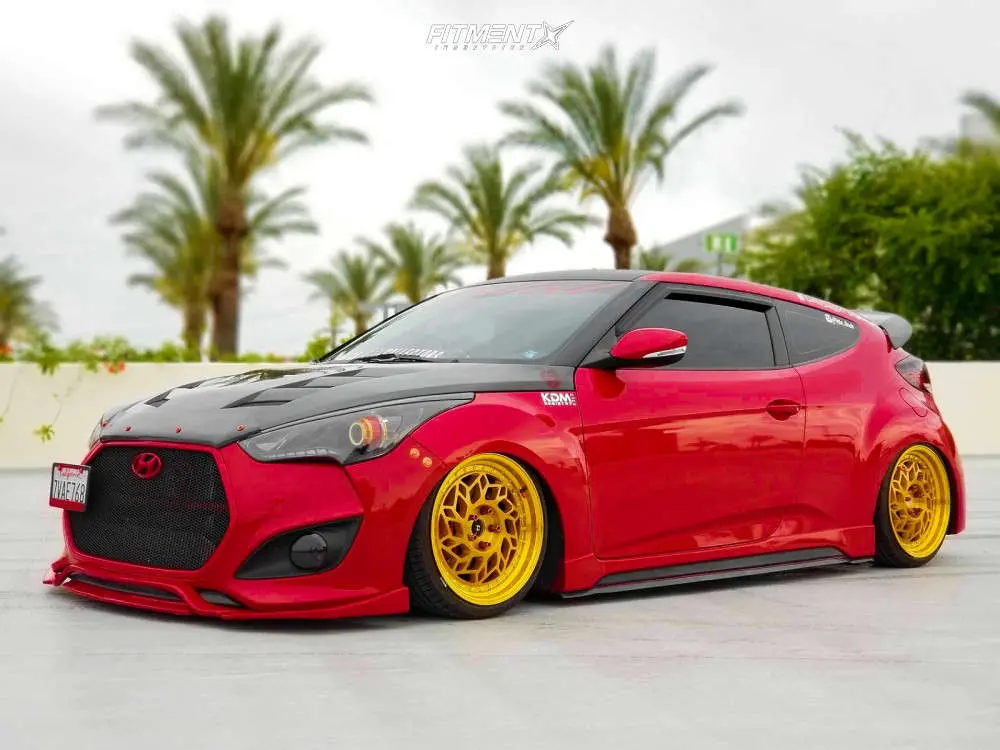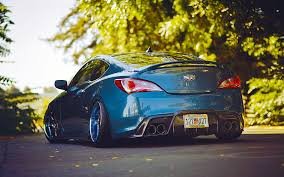
The Hyundai Veloster is already a fun, quirky hatch, but it really shines when you start personalizing it. Whether you’re working with the naturally aspirated base model, the punchy Turbo, or the high-performance Veloster N, the upgrade path follows the same general formula: improve breathing, handling, and response before chasing big power.
Here’s a Stage 1 and Stage 2 breakdown that will help you decide what to do first, and what to save for later.
Stage 1: Easy & Foundational Mods
These upgrades are affordable, simple to install, and make the Veloster more enjoyable without sacrificing reliability or daily drivability.
Power & Response
- Drop-in performance air filter or cold air intake – Better breathing, sharper throttle, and a bit of intake growl.
- Cat-back exhaust – Improves sound, reduces weight, and helps the engine breathe.
- ECU Tune (for Turbo/N) – Safe reflashes can unlock 20–40 hp instantly. For the base model, a throttle response tune can still make driving feel sharper.
Handling & Ride
- Lowering springs – Affordable drop in ride height, better stance, and reduced body roll.
- Strut tower brace – Stiffens the chassis for tighter steering feel.
- Performance tires – The single biggest improvement in grip and cornering.
Braking & Feel
- Upgraded brake pads – More bite and shorter stops.
- Stainless-steel brake lines – Firmer, more consistent pedal feel.
Appearance & Interior
- LED lighting swaps – Modern look and improved visibility.
- Shift knob upgrade – Weighted or short-throw kits improve feel.
- Simple cosmetic touches – Vinyl wrap accents, debadging, or blacked-out trim.
💡 Stage 1 Goal: Wake up the car’s personality. You’re not doubling horsepower, but you’re making the Veloster more responsive, better handling, and more fun to drive.
Stage 2: Serious Bolt-Ons & Performance Upgrades
Once you’ve done Stage 1, you can step into more impactful mods. These push the Veloster from “fun daily” to “weekend warrior.”
Power Upgrades
- High-flow downpipe (Turbo/N) – Frees up exhaust flow, adds turbo spool sound, and works great with a tune.
- Front-mount intercooler upgrade – Keeps intake temps lower for consistent power on hot days or during spirited driving.
- Upgraded turbo inlet & charge pipes – Increases airflow and reliability at higher boost.
- Stage 2 ECU tune – Unlocks the real gains (40–80+ hp depending on model).
Suspension & Handling
- Performance coilovers – Adjustable ride height and damping for fine-tuning street vs. track balance.
- Upgraded sway bars (front & rear) – Flatter cornering and reduced understeer.
- Lightweight wheels – Reduce rotational mass and sharpen steering response.
Braking & Track Prep
- Performance rotors & high-temp fluid – Better endurance for track days or aggressive driving.
- Big brake kit (optional for N) – For serious track enthusiasts or anyone running sticky tires.
Cosmetic & Aero
- Aggressive lip kit or spoiler – Adds downforce and a sportier look.
- Racing seats or harness bar (for track use) – More support during spirited driving.
💡 Stage 2 Goal: Take the Veloster from “fun daily” to “hot hatch rival.” At this point, you’ll be chasing GTI and Civic Type R territory, especially with the Turbo and N trims.
Future “Stage 3” Ideas (Advanced Builds)
If you want to go beyond bolt-ons, you’re looking at things like:
- Big turbo kits (Veloster N/Turbo).
- Built internals (for higher boost).
- E85 or flex-fuel conversions.
- Custom aero & track setups.
But these require a bigger budget, more expertise, and usually a dedicated track car mindset.
Final Thoughts
With a clear upgrade path, you can transform your Veloster step by step. Stage 1 builds the foundation with improved breathing, handling, and feel. Stage 2 brings real performance gains with bolt-ons and suspension refinement. Whether you just want a sharper daily or a track-capable hot hatch, the Veloster is a flexible and affordable platform to make your own.
